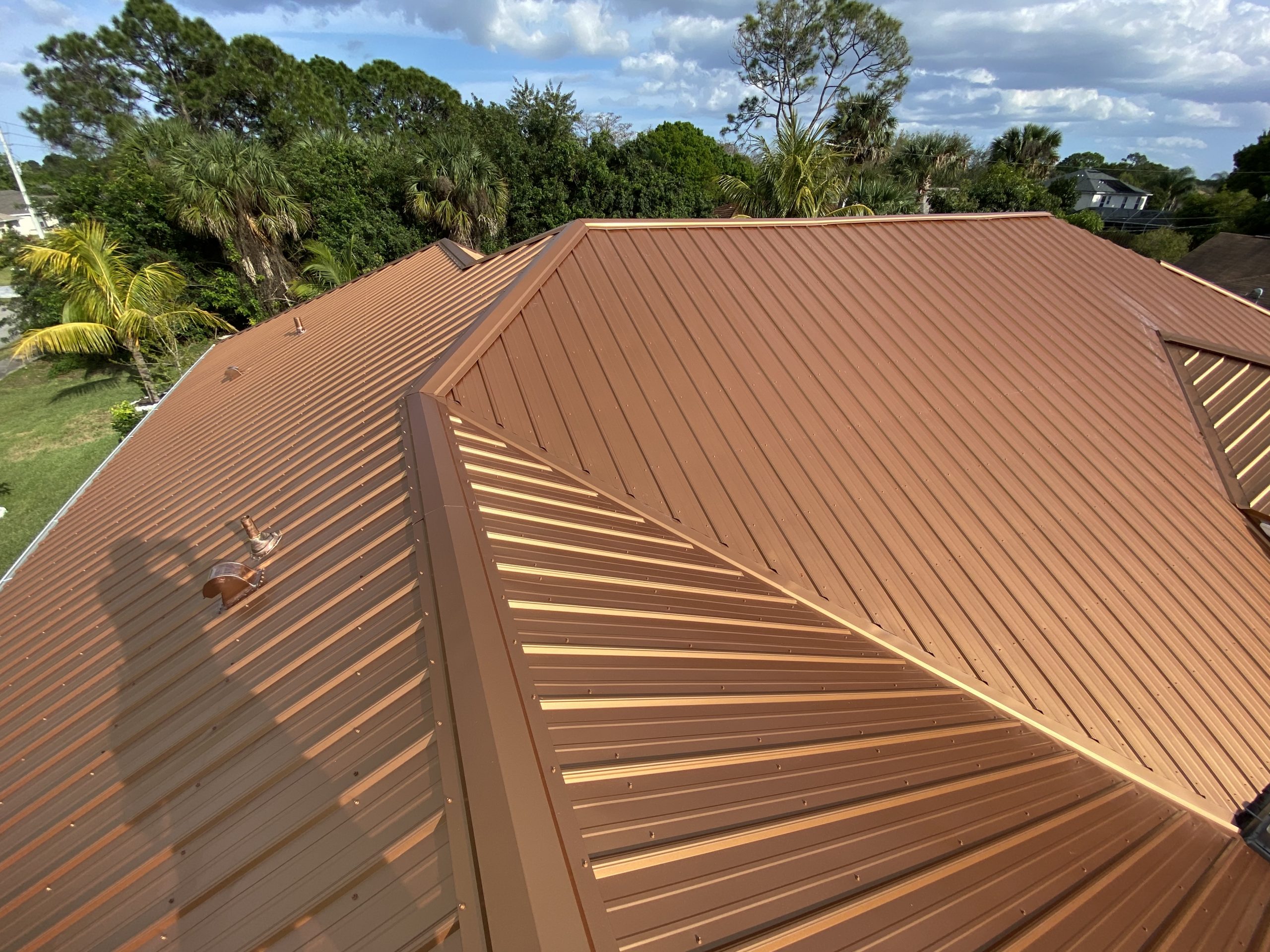Roofing is a important part of structure for several essential reasons:
Protection from the Elements: One of the primary capabilities of a roof is to offer shelter and safety from environmental elements corresponding to rain, snow, wind, and extreme temperatures. It prevents water from getting into the constructing, which can trigger structural injury, mould development, and other points.
Structural Integrity: Roofs play an important function in maintaining the structural integrity of a building. They distribute the weight of the roof and any loads (e.g., snow) evenly to the walls and basis. A well-designed and properly constructed roof ensures the steadiness and security of the entire structure.
Aesthetics and Design: Roofs are a visible and distinguished part of a constructing's exterior. Architects use roof design to enhance the overall aesthetics of a construction. The form, material, and elegance of the roof can contribute to the architectural character and attraction of a constructing.
Environmental Considerations: Sustainable architecture locations an emphasis on power effectivity and environmental accountability. Roofing materials and design can impact a building's power performance. For example, cool roofs can mirror extra daylight and take up much less warmth, reducing cooling prices and urban heat island results.

Natural Lighting and Ventilation: Roof design can incorporate options like skylights, dormers, and roof vents to provide natural lighting and ventilation inside a building. This can enhance indoor consolation and scale back the necessity for artificial lighting and mechanical air flow.
Historical and Cultural Significance: In some architectural types, corresponding to Gothic or Victorian, the roof is often a key factor that reflects the historic and cultural context of a constructing. Roof details and shapes can inform a story about the period in which a structure was built.
Space Utilization: Roof design can create additional usable space inside a constructing, similar to attic rooms, rooftop gardens, or out of doors residing areas. Architects usually think about how to maximize space and performance when designing roofs.
get more info : Energy-efficient roofing supplies and design can contribute to a building's overall energy performance. Proper insulation and air flow can help regulate indoor temperatures and scale back heating and cooling costs.
Safety and Fire Resistance: Roofing materials are chosen with security in thoughts. Some materials, like fire-resistant roofing, can help stop the spread of fires in a constructing, providing priceless time for occupants to evacuate.
In summary, roofing is a fundamental side of architecture that mixes useful and aesthetic concerns. It not solely protects the interior of a building from the elements but also contributes to the general design, sustainability, and safety of a construction. Architects carefully contemplate roofing supplies, shapes, and features to achieve their design targets whereas guaranteeing the consolation and well-being of constructing occupants..
